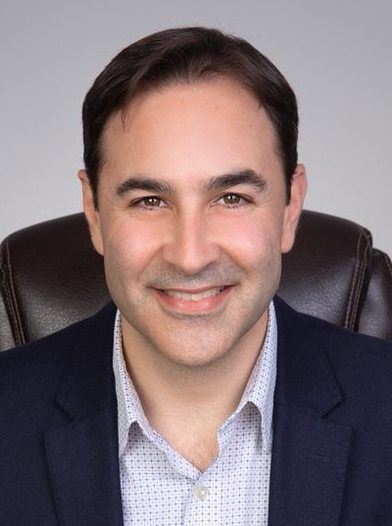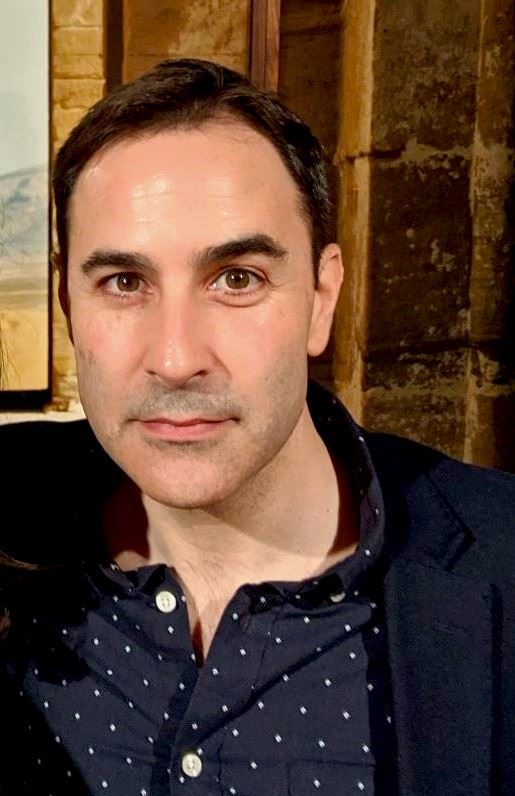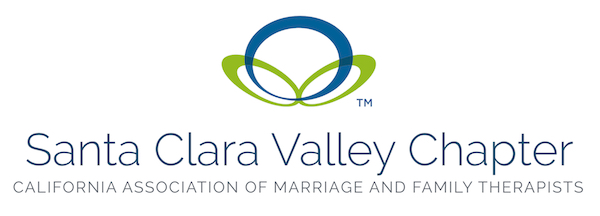 Back to Winter 2022 Newsletter
Back to Winter 2022 Newsletter
by Mark Mouro, LMFT
I can recall being a grad student and hearing a teacher explain that the job of a Marriage and Family Therapist is to help people with their relationships. Soon after that, I will never forget working as an intern and experiencing the push and pull of transference in relation to my clients. And now, most of my training and experience is focused on the relationship between partners in couples therapy. Perhaps, then, it is no surprise that what has inspired and excited me most about being in the Palo Alto Psychoanalytic Psychotherapy Training Program (PAPPTP) is learning about the relational perspective of psychoanalysis.
Relational psychoanalysis has been defined by the APA as “a psychoanalytic approach incorporating aspects of several theoretical perspectives, such as object relations theory and interpersonal theory. It focuses on an individual’s sense of self and patterns of relating to others as developed in early relationships and in treatment it emphasizes the importance of the relationship between a patient and analyst or therapist in helping the patient understand those patterns and form new ones.”
This description really did not match up with my image of psychoanalysis: the therapist in the chair behind the patient, the patient on the couch, and never shall their eyes meet. It seems to put the interactions between the therapist and patient front and center with the various forms of communication being expressed. This shift away from the intrasubjective (our inner experiences) to focus on the intersubjective (the space between two persons or the impact of relationships) really appealed to me.
I had to ask myself why this approach speaks to me personally. In my teenage years, play was a huge part of my life through sports. I expressed a lot of emotions and made close connections through athletics. Upon entering college, I discovered the theater and fell in love with improvisation and co-creation of a new reality. It was both in play and spontaneity that I felt most alive. Both gave me a sense of risk, adventure, and reward. Now, as a professional, I find that vitality exists more often when these elements are present in session.
In many of these sessions, when the client’s level of trust in me is good enough, improvisation can lead the way. The two of us can play with ideas and feelings. This spirit produces a dynamic space where we build on each other’s contributions. They tell me their version of reality while I add some elements to it that I experience. They acknowledge and disclose additional details that they are aware of. Only together, can we both understand what is really going on. It becomes a sort of negotiation of different perspectives.
In relational psychoanalysis, interpersonal relationships are seen as the basis of human development. The emphasis is added on the role of relationships in both creating and healing suffering. Therefore, the therapeutic process is seen as a reciprocal system. The relationship between client therapist provides the best opportunity for intervention since the organization of mind is most accessible in the room between two people.
This two-person psychological model is built on mutual influence and equality. A definite shift away from the expert dictating to the sick person who they are and what they want. Less interpretation and more self-disclosure here. There is not one person in charge of the truth. This approach to psychotherapy demands authenticity on the part of the therapist. A real showing up, coming to the table, and being available in many ways to engage. This makes sense to me given that mutual regulation and mutual influence are always happening at some level or another. I can definitely say that I am a different version of myself with each client and that is due to who the client is and the unique way we connect.
The difficulty I encounter most often is disrupting the universe. Just like my clients, I have a hard time changing the dynamics of the relationship after the gel has solidified. There are various clients with whom I feel we are locked into certain roles at some point. From the get-go, the client uses me as an object, and over time I start to feel the sessions becoming narrow in scope. My participation feels contained to a rigid frame. As a result, the client restricts themself to cursory explanations. There is no mutual give and take, no openness to exploration, right or wrong. There is no discovery. The sessions have become flat. There is no wondering and much less, any wandering.
From a relational perspective then, my stretch would be to face it head on with questions that give context to the mutuality of our experience. This means frequently asking my clients what they imagine I am thinking or feeling in reaction to them. Or “I think you think I am feeling….” or “I think you have the impression that I…..”. Taking it even further might be when I tear up and they have a blank face I ask them if they have any thoughts about why I am tearing up and it does not look like they are being affected emotionally. Or even “I wonder why I said that as a therapist, why do you think?”
This co-creation of interpretations is something I am still struggling with. It feels like a big risk. Yet, I know that most of the time when I venture out there, a big reward is awaiting. And isn’t that part of our work? Leading by example with vulnerability. It is the glue that binds us all together.
 Mark Mouro, LMFT is a psychotherapist working in private practice in San Jose. He specializes in working with couples and many of his clients are parents with young children. He is currently in psychoanalytic psychotherapy training at PAPPTP. Previously, he was a therapist on staff at The Couples Institute in Menlo Park. He lists his experiences with Vipassana meditation, foreign travel and lobbying with CAMFT as being most influential. Mark lives in Willow Glen with his tech working wife and two young sons.
Mark Mouro, LMFT is a psychotherapist working in private practice in San Jose. He specializes in working with couples and many of his clients are parents with young children. He is currently in psychoanalytic psychotherapy training at PAPPTP. Previously, he was a therapist on staff at The Couples Institute in Menlo Park. He lists his experiences with Vipassana meditation, foreign travel and lobbying with CAMFT as being most influential. Mark lives in Willow Glen with his tech working wife and two young sons.
Back to Winter 2022 Newsletter
